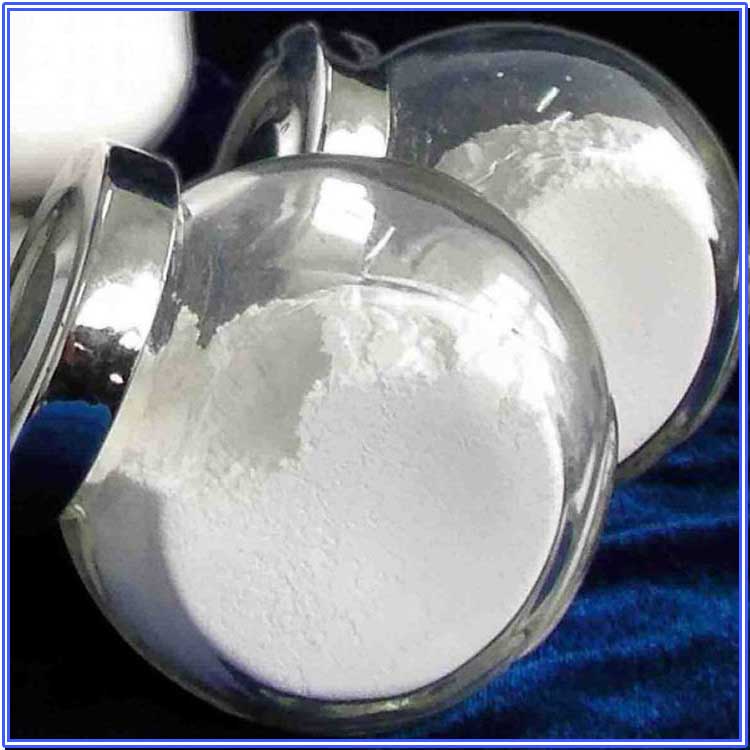Hebei Messi Biology Co., Ltd. stated that in recent years, some metal oxides or metal hydroxides have attracted people’s attention due to their low cost, green environmental protection and excellent adsorption performance. Among them, magnesium oxide (MgO) has the characteristics of large specific surface area, rich pore structure, many surface active sites, strong adsorption capacity and wide application range, and has become one of the most promising metal oxide adsorbents for treating water pollutants.
For example, using magnesium nitrate and urea as raw materials and ethanol as solvent, flower-like magnesium oxide with high specific surface area was prepared by microwave-assisted solvothermal method, and showed excellent removal efficiency for Pb and Cd, with maximum adsorption amounts reaching 1980 and 1500 mg·g-1, respectively. They also proposed the adsorption mechanism of cation exchange between Mg ions from magnesium oxide and Pb or Cd. Magnesium oxide nanoparticles were prepared by sol-gel method for the removal of Cd and Pb from aqueous solution (maximum adsorption amounts were 2294 and 2614 mg·g-1, respectively), and the competitive adsorption of the two ions was studied. The results showed that the adsorption priority was Pb>Cd. Hexagonal mesoporous magnesium oxide nanosheets, with a specific surface area of up to 182m2·g-1, were used to remove Ni from aqueous solution with a maximum adsorption capacity of 1684.25 mg·g-1. On this basis, the study of magnesium oxide adsorbents with higher adsorption performance, lower preparation cost and difficulty has great research value and economic significance.

Based on this, a method for preparing mesoporous reticular magnesium oxide using abundant natural hydromagnesite as raw material was proposed. Generally, the mesoporous reticular structure has a rich pore structure, a high specific surface area, and can provide a large number of surface active sites. It is an excellent structure with good adsorption characteristics. Therefore, in order to verify whether the magnesium oxide with this special structure has excellent adsorption performance, taking Pb(Ⅱ) as an example, the effects of magnesium oxide dosage, adsorption time, adsorption temperature and pH on the adsorption performance and adsorption mechanism of lead ions in simulated wastewater by magnesium oxide were systematically studied, and the adsorption effect of magnesium oxide adsorbent on multi-component ions in solution was investigated.
Hebei Messi Biology Co., Ltd. stated that high specific surface area mesoporous magnesium oxide was prepared by a simple method of “calcination-hydration-calcination” using natural hydromagnesite as raw material, and no reagents were added during the experiment. The effects of magnesium oxide dosage, adsorption time, adsorption temperature and pH on the adsorption performance of lead ions in simulated wastewater by magnesium oxide were systematically studied, the adsorption mechanism was revealed, and the adsorption effect of magnesium oxide on various ions was investigated. The results showed that the magnesium oxide adsorbent had a high specific surface area of 188m2·g-1 and a high pore volume of 0.85cm3·g-1, with an average pore size of 12.33nm. Its adsorption kinetics and isotherm data were highly consistent with the pseudo-secondary model and Langmuir model, indicating that heavy metal ions were chemically adsorbed on magnesium oxide in a single layer.
The mesoporous network structure of magnesium oxide showed high adsorption performance for Pb(Ⅱ), with a maximum adsorption capacity of 7431.5mg·g-1, which was much higher than that of other reported magnesium oxide-based adsorbents, and the lead removal rate was as high as 99.8%. The adsorption mechanism of mesoporous magnesium oxide was mainly due to the hydroxyl functional groups and the ion exchange between Mg(Ⅱ) and heavy metal ions on the surface of magnesium oxide. In addition, this magnesium oxide can adsorb multiple ions at the same time, and has excellent adsorption performance for Cd, Cr, Ni, As, Co, P, Se, Be, Bi, Cu, Fe, Mn, V, Zn, and Al ions.
